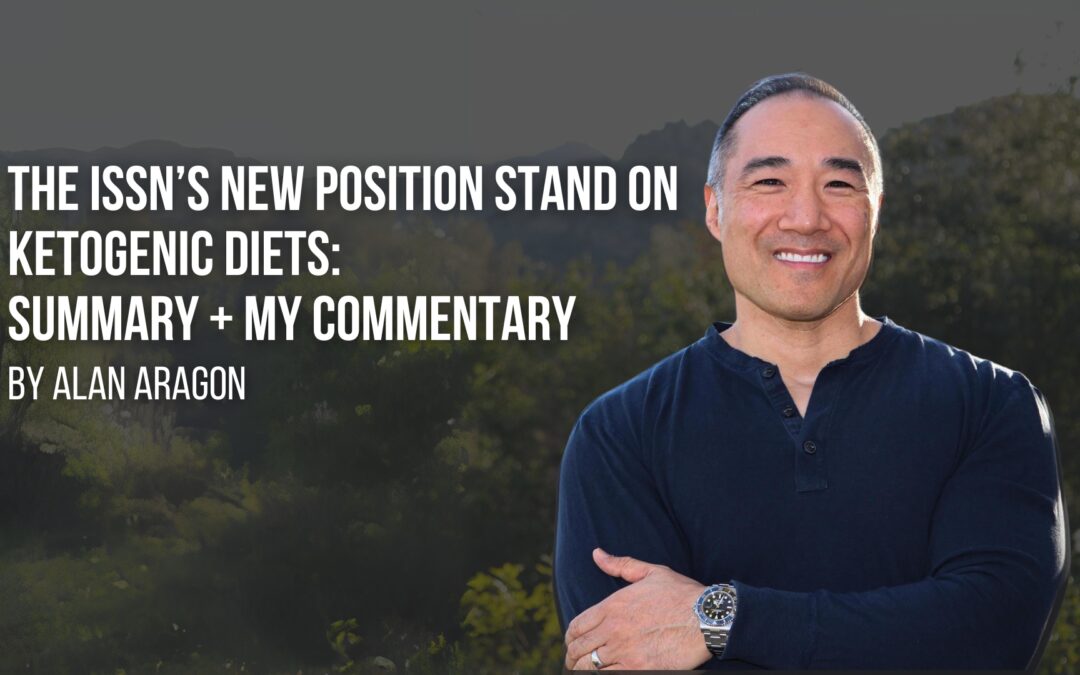So, you want to go dairy free? Or maybe you already are. There are a lot of reasons why people are voluntarily making the switch now other than being lactose intolerant. Many “alternative health” followers accuse milk and dairy products to be the cause of a host of problems. This blog post isn’t going to be a rebuttal to most of the health prejudices against milk but rather addressing a huge problem people fail to recognize when making the switch – calcium intake.
The best-known function of calcium in the body is its role in bone health. A healthy intake of calcium is said to play a key role in facilitating bone health – especially in women. Studies show that more than half of all women fail to meet the recommended dietary intake of calcium. Our bone densities are solidified in our 20s and 30s, so the more bone mass you can store now the better protected you will be when bone loss occurs later in life (especially through menopause and thereafter when estrogen levels are low).
Targets for calcium intake vary throughout the lifecycle. The greatest required amount of calcium occurs when you are growing or have low estrogen levels. Young children need 1000mg per day and then needs increase through the growing, adolescent years to 1300mg. Adult males and females, pregnant or breastfeeding females need 1000mg per day. Finally, non-menstruating females or those who are post-menopausal need an increased intake of 1300mg per day. These numbers are all based on the daily calcium needs according to the RDIs (Recommended Dietary Intakes) of sedentary people.
Those who can’t or won’t eat dairy products need to be actively seeking other foods that contribute calcium to their diets. Calcium-fortified soy alternatives should be adopted into non-dairy diets. Luckily, we live in a time where the grocery store shelves are stocked with an abundance of these products. Unfortunately, they typically come with an increased price tag compared to their dairy-competitors. But there are other non-dairy foods that are natural sources of calcium, including fish eaten with bones, green leafy vegetables, and some nuts and legumes.
Now, don’t go downing bags of spinach as an attempt to reach your calcium needs. Some leafy dark green vegetables are high in oxalates, which bind to calcium so your body cannot absorb it as well. This means the bioavailability of these foods is not as high compared to dairy products or other fortified foods (Figure 1). Foods that contain high amounts of oxalates include spinach, rhubarb, beet greens, and certain nuts & seeds. Among the vegetables to eat as good sources of calcium are turnip greens, bok choy, kale, parsley, watercress, and broccoli.

Figure 1. Bioavailability of Calcium from Selected Foods. Reprinted from Whitney, E. N., & Whitney, E. N. (2019). Understanding nutrition (15th ed.). Australia: Cengage.
Legumes and beans contain calcium, as well as magnesium, fiber, and other nutrients – they are a great addition to any diet! But they are also high in phytates which interfere with your body’s ability to absorb the calcium that is contained in beans. Soaking them in water for several hours prior to cooking them can help reduce the phytate level, but these may not be a good source of calcium.
Let’s switch gears from nutrients that hinder calcium absorption to the one that our body needs to absorb it – vitamin D. How does vitamin D help with calcium absorption? A quick anatomy & physiology lesson can help illustrate the principal function of vitamin D in calcium homeostasis is to enhance the calcium absorption from the intestine, stimulate calcium reabsorption from the kidneys into the blood, and stimulate osteoclast cells to breakdown bone, releasing calcium into the blood. The stomach’s acidity helps keep calcium soluble and vitamin D helps make a calcium-binding protein needed for absorption – this is why eating calcium-rich foods in combination with vitamin D enhances absorption.
It is important to thoroughly evaluate your current diet to account for the calcium-rich foods you are already eating. If you feel as if you can’t fit enough into your diet – especially if you are dairy free – then calcium supplements in combination with vitamin D (specifically D3) should be taken to help grow and maintain healthy bones.
References:
- Burke, L., & Cox, G. (2010). Complete guide to food for sports performance(3rd ed.). Crows Nest, N.S.W.: Allen & Unwin.
- Osteoporosis Diet & Nutrition: Foods for Bone Health. (n.d.). Retrieved from https://www.nof.org/patients/treatment/nutrition/
- Whitney, E. N., & Whitney, E. N. (2019). Understanding nutrition(15th ed.). Australia: Cengage.





